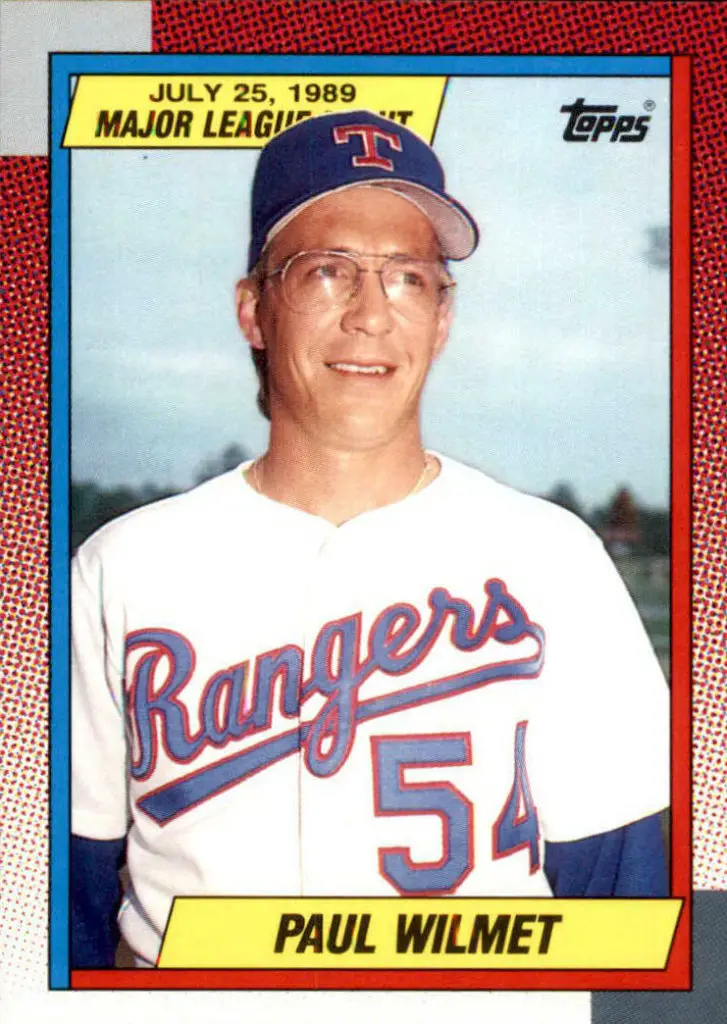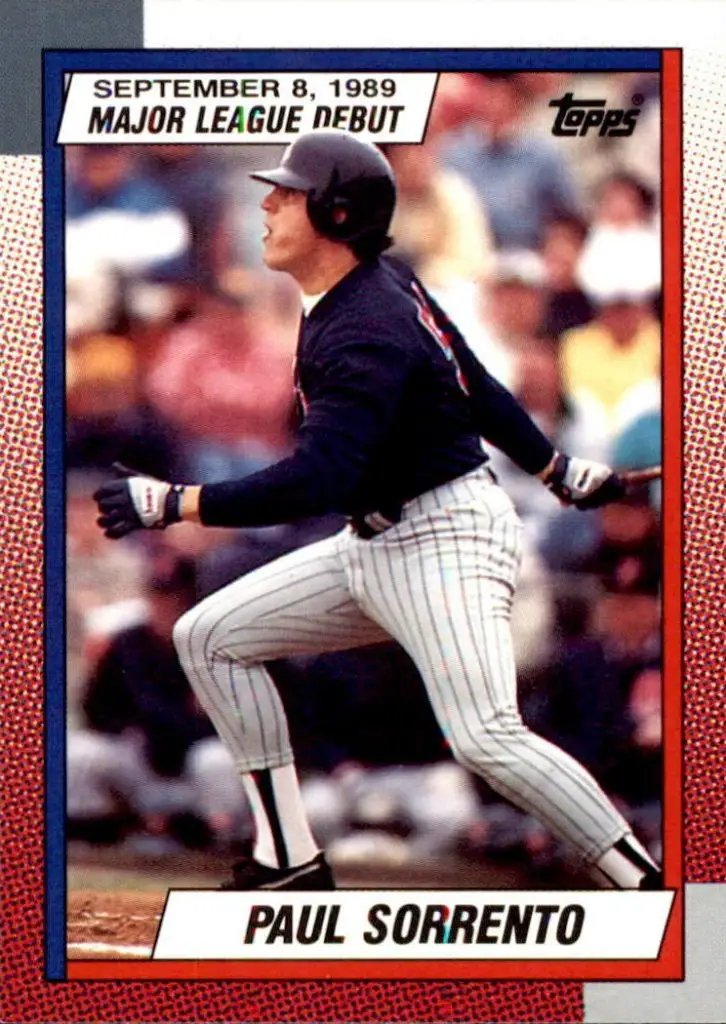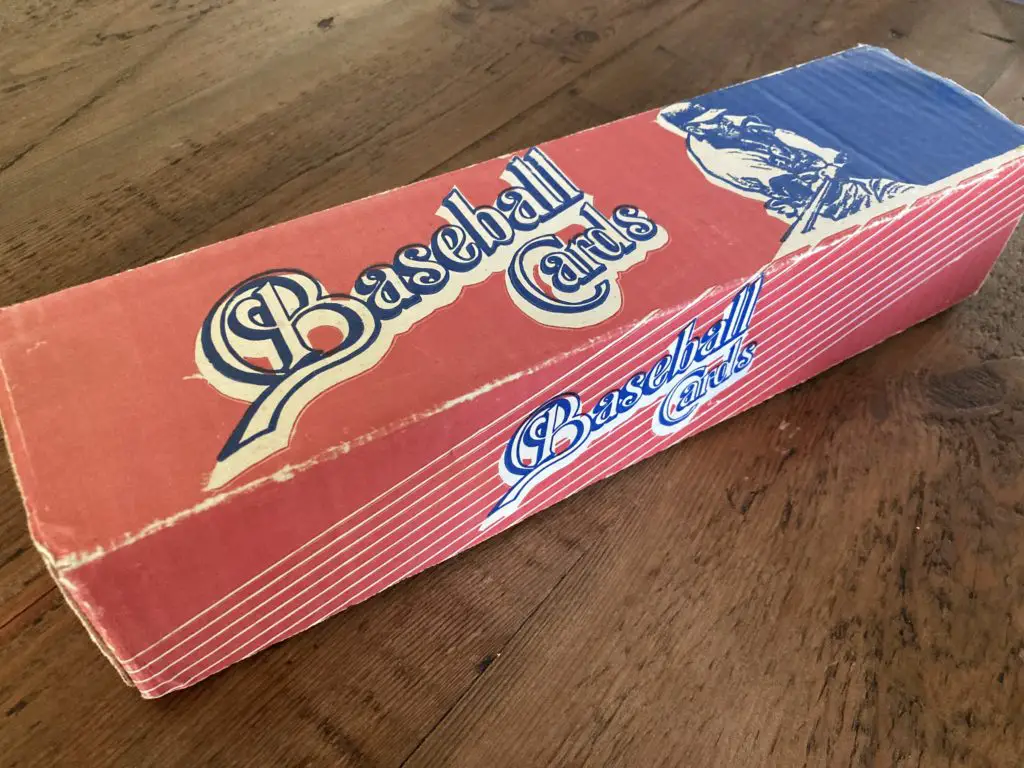In the sports card world, the junk wax era refers to a period of time when cards were mass produced and that now have little or no value.
This era began in the 1980s and lasted into the early 1990’s. During this time, sports cards were often overproduced and sold for very low prices.
The Junk Wax period occurred because of a convergence of circumstances. We found ourselves following some great celebrity players and, at the same time, card collecting fever gripped America.
As these new celebrity players started to breakout and rookies started to make names for themselves. Many pundits were pushing sports cards as solid, valuable investments.
Much like the questionable economic tool of Quantitative Easing. The overproduction of cards made them far too easy to get. And, ultimately it drove their value down.
Because of this, very few sports cards from the late 1980’s through to the early 1990’s have any value. In fact, many are hard to give away today.
The late 1980s and early 1990’s were a time when people went crazy for sports cards. Card companies had huge print runs that more than kept up with demand.

With very few exceptions there always seemed too many available. Collectors could buy them by the wheelbarrow full. They didn’t understand the laws of scarcity, or supply and demand.
They got greedy, blindly jumped on the bandwagon and convinced themselves that that they were a good investment.
Cards were flying off the shelves and people had no problem finding them. There was always a card (or box of them) nearby for any sports collector who wanted to buy some.
The result? Cupboards and garages around the States were filled with unused collections that would never see daylight again as prices continued their steady decline into oblivion!
Are Junk Wax Era Cards worth money?
No. There, I said it. They usually range in value from being given away for free, to maybe a few cents, or a dollar or two at most.
There are the odd exceptions of course, but you really need to know your stuff to make a profit out of these cards.
These cards get their name from the fact that they were produced in mass quantities and are considered to be of little value.
Junk wax cards are often derided by collectors, but there is a growing movement of people who appreciate them for their historical significance.

While they may not be worth a lot of money, Junk Wax cards can still be fun to collect. So if you’re looking to start a collection, don’t discount the Junk Wax Era cards just because they’re not “valuable”.
Who knows, you might just find yourself enjoying the hunt for these less than elusive cards.
Junk Wax Baseball Cards
For hardcore sports fans these cards still hold a special place in the hearts of those who grew up collecting them.
For them, the junk wax era was a time of innocent fun. They didn’t care that the cards were mass-produced or had no value. They just loved collecting them for the sheer fun of it.
Those were simpler times, before many knew anything about resale value or investment potential.
Remember too that we were all reading newspapers back then. There was no WIFI or internet in everyone’s home. Some people just didn’t realize at the time that so many of these things were being printed on such a huge scale.
People just enjoyed opening packs, trading with friends, and building out collections.
If that sounds like you then you may find our post about Randy Poffo baseball cards interesting. Poffo went on to become ‘Macho Man’ Randy Savage and had 3 “custom” baseball cards along with a range wrestling cards. One wax pack card from his early wrestling days is now worth a pretty penny.
Where can I buy Junk wax cards?
Sports cards from the junk wax era are some of the most affordable cards you can buy.
You can still often find them at your local sports card store, or even at garage sales and flea markets.
The biggest marketplace for them still seems to be Ebay.
The great thing about junk wax era cards is that they’re relatively cheap and easy to find.
However, because they’re not worth a lot of money, they’re not going to appreciate in value very much.
But if you’re just looking for a fun way to relive your childhood or get started with sports card collecting, junk wax cards are a great place to begin.

Will we ever have another Junk Wax Era?
Sports cards have been around since the late 1860’s with the origin of the cards we collect today being made by Peck and Snyder. And they’ve gone through many different phases since.
In the Junk Wax era of the 1980’s and 1990’s, mass production led to cards that were often lower in quality and not very valuable.
Today, the sports card market is once again booming, with rare and vintage cards selling for high prices.
Personally I think it’s doubtful that we’ll ever see another Junk Wax era. But who knows what the future holds.
I think it is more likely, if greed kicks in and cards are on the ascendency, we could fall into the Tulip mania trap again. Where people don’t care what they pay, they just get caught up in the chase. They will end up buying ‘hot’ cards for silly money. And when the dust settles they’ll be left with an undervalued collection.
Sports cards have a long and storied history, and it’s always exciting to see what new chapter will be written next.
Conclusion
As I said at the start of this piece. The junk wax era refers to a period of time when cards were mass produced and that now have little or no value.
This era began in the 1980s and lasted into the early 1990’s. During this time, sports cards were very often overproduced. They were also being sold for low prices.
As a result of this period, many collectors turned their backs on sports cards, deeming them to be worthless. In recent years there has been a renewed interest in sports cards and this often prompts questions about the value of cards from the junk wax era.
While they may not be worth much money, junk wax sports cards are still an interesting part of our collecting history.
- 7 Classic John Smoltz Rookie Baseball Cards - October 17, 2022
- Best Josh Allen Rookie Cards - October 12, 2022
- Charles Barkley Cards – Top Picks - August 29, 2022

